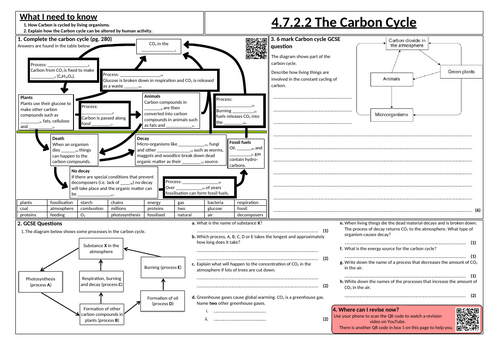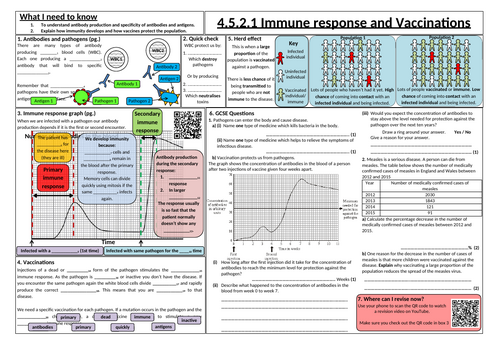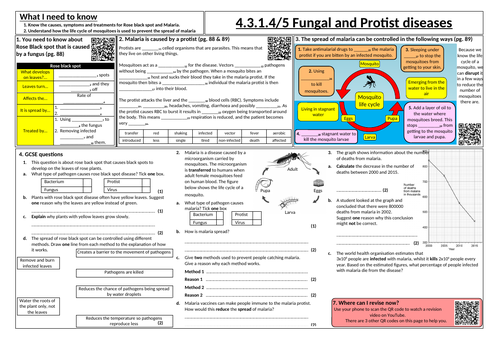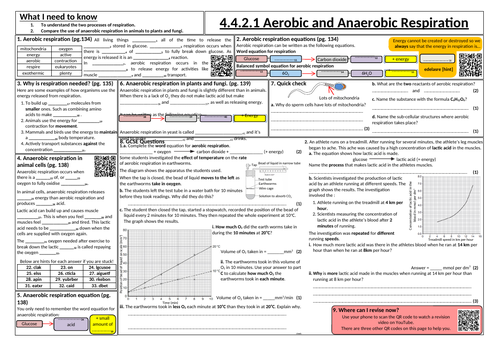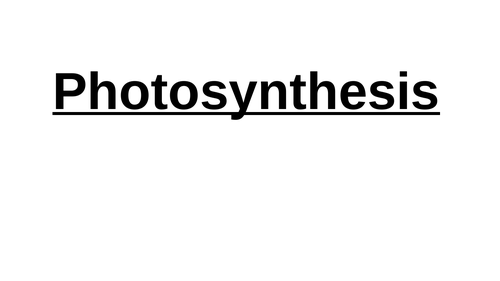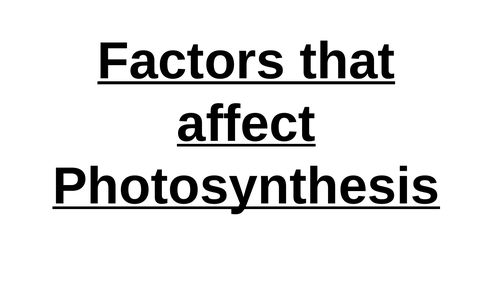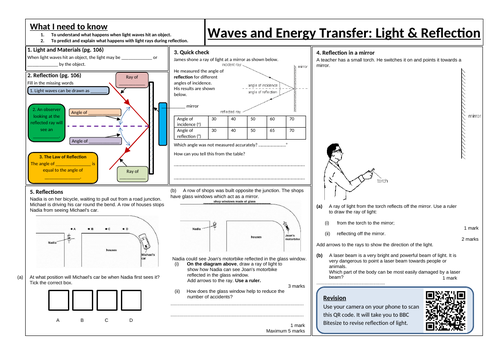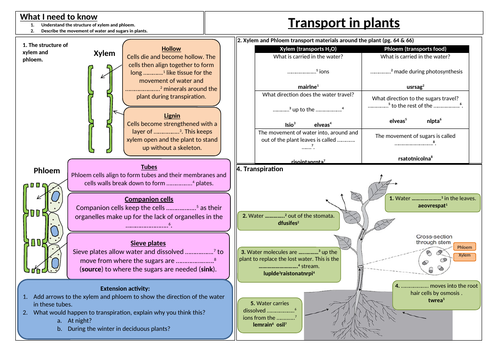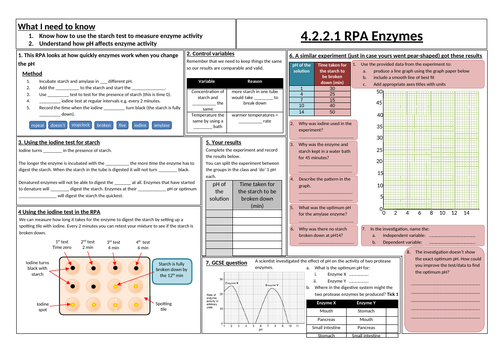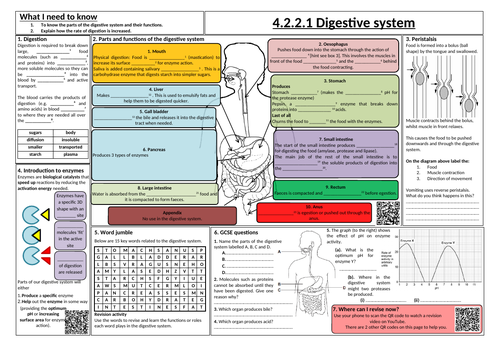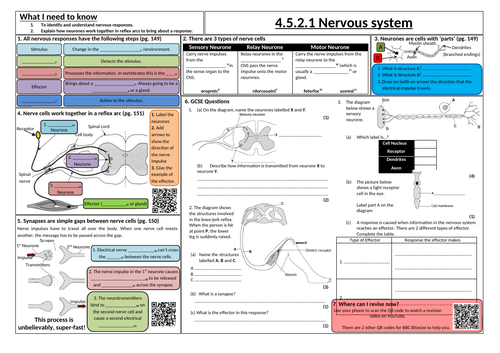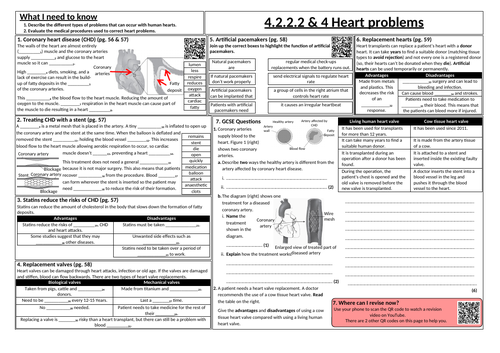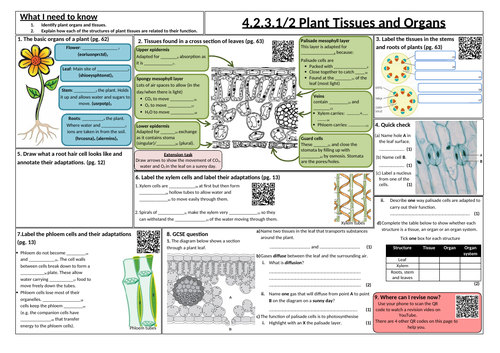
42Uploads
4k+Views
514Downloads
All resources

The Carbon Cycle
Knowledge organiser designed to be printed in A3, however smaller scales (A4) can be used. The resource is constructed to be used for class work, independent/group learning through the sign-pointed references to textbooks, revision guides and web sites. The page numbers stated in each box can be easily adjusted to other reading/research materials.
The scaffolded work starts with the processes and the carbon compounds involved in the carbon cycle and ends with past paper GCSE questions.
Embedded QR codes take the student to appropriate revision sites (YouTube and BBC Bitesize).
Mark scheme is included for all answers.

Immune response and Vaccinations
Knowledge organiser designed to be printed in A3, however smaller scales (A4) can be used. The resource is constructed to be used for class work, independent/group learning through the sign-pointed references to textbooks, revision guides and web sites. The page numbers stated in each box can be easily adjusted to other reading/research materials.
The scaffolded work starts with antigens, herd effect, primary and secondary immune responses, vaccinations and ends with past paper GCSE questions.
Embedded QR codes to take the student to appropriate revision sites (YouTube and BBC Bitesize).
Mark scheme is included for all answers.

Cancer
Knowledge organiser designed to be printed in A3, however smaller scales (A4) can be used. The resource is constructed to be used for class work, independent/group learning through the sign-pointed references to textbooks, revision guides and web sites. The page numbers stated in each box can be easily adjusted to other reading/research materials.
The scaffolded work starts with communicable and non-communicable diseases, benign and malignant tumours, risk factors for the development of cancer and ends with past paper GCSE questions.
Embedded QR codes take the student to appropriate revision sites (YouTube and BBC Bitesize).
Mark scheme is included for all answers.

Days, nights and seasons
Knowledge organiser designed to be printed in A3, however smaller scales (A4) can be used. The resource is constructed to be used for class work, independent/group learning through the sign-pointed references to textbooks, revision guides and web sites. The page numbers stated in each box can be easily adjusted to other reading/research materials.
The scaffolded work starts with day and night, leap years, seasons, why summers are hotter than winter and ends with past paper questions.
Embedded QR codes take the student to appropriate revision sites (YouTube and BBC Bitesize).
Mark scheme is included for all answers.

Developing and testing new drugs
Knowledge organiser designed to be printed in A3, however smaller scales (A4) can be used. The resource is constructed to be used for class work, independent/group learning through the sign-pointed references to textbooks, revision guides and web sites. The page numbers stated in each box can be easily adjusted to other reading/research materials.
The scaffolded work starts with painkillers and antibiotics, where we get drugs from, preclinical and clinical trials, the use of a placebo in double blind trials and ends with past paper GCSE questions.
Embedded QR codes take the student to appropriate revision sites (YouTube and BBC Bitesize).
Mark scheme is included for all answers.

Fungal and Protist diseases
Knowledge organiser designed to be printed in A3, however smaller scales can be used. The resource is constructed to be used for class work, independent/group learning through the sign-pointed references to textbooks, revision guides and web sites. The page numbers stated in each box can be easily adjusted to other reading/research materials.
The scaffolded work starts with appropriate notes on rose black spot, malaria and how to disrupt the life cycle of mosquitoes (vectors for the plasmodium) and ends with GCSE questions.
Embedded QR codes take the student to appropriate revision sites (YouTube and BBC Bitesize).
Mark scheme is included for all answers.

Aerobic and Anaerobic respiration
Knowledge organiser designed to be printed in A3, however smaller scales can be used. The resource is constructed to be used for class work, independent/group learning through the sign-pointed references to textbooks, revision guides and web sites. The page numbers stated in each box can be easily adjusted to other reading/research materials.
The scaffolded work starts with appropriate aerobic respiration note, aerobic respiration word and balanced symbol equations, the need for respiration, anaerobic respiration in animals/plants& fungi, anaerobic respiration word equations and ends with past paper GCSE questions.
Embedded QR codes take the student to appropriate revision sites (YouTube and BBC Bitesize).
Mark scheme is included for all answers.

Light Microscopy
Knowledge organiser designed to be printed in A3 and can be used in conjunction with textbooks.
The scaffolded work starts with the structure of light microscopes, magnification calculations, the order of magnitude and ends with past paper GCSE questions.
Embedded QR codes to take the student to appropriate revision sites (YouTube and BBC Bitesize).

Cell Specialisation
Knowledge organiser designed to be printed in A3 and can be used in conjunction with textbooks.
The scaffolded work starts with differentiation and cell specialisation. The main 6 cell specialised cells (sperm, neurone, muscle, root hair cell, xylem and phloem) and ends with past paper GCSE questions.
Embedded QR codes to take the student to appropriate revision sites (YouTube and BBC Bitesize).

Photosynthesis
Photosynthesis PowerPoint that starts with a word jumble, covers appropriate notes and YouTube links.
Question sheets with mark schemes are also appropriate to the lesson.

Factors that affect photosynthesis
Factors that affect photosynthesis PowerPoint that links with the graphs found in Factors that affect photosynthesis Word doc, mindmap starter/plenary activity (replace the image attached to the speech bubble with similar), suitable waterweed photosynthesis questions and mark schemes and YouTube hyperlink.

Feeding relationships
Feeding relationships (interdependence) PowerPoint that links with the Feeding relationships Q&A and Foodweb activity. The PowerPoint includes appropriate notes and links to YouTube.

Light and Reflection
Knowledge organiser that covers light and reflection. It starts with transmission/reflection, reflection ray diagrams and finishes with appropriate KS3 exam/test questions. The organiser also includes a QR code to take the student to the corresponding BBC Bitesize web pages for revision or research for completion at home.
Bundle

Cell types, structure, specialisation and microscopes
Knowledge organisers that are designed to be printed A3 size to cover eukarotes and prokaryotes, cell specialisations and light microscopes. Mitosis and cell cycle to be printed A4 size. They include GCSE questions and revision links.

Transport in plants
Transport in plants PowerPoint that links with the transport in plants knowledge organiser and includes appropriate notes and YouTube links.
The transport in plants sheet includes an extension activity.

Enzyme RPA
Knowledge organiser designed to be printed in A3 and can be used in conjunction with textbooks.
The scaffolded work starts with RPA method, variables, iodine test for starch, gathering results ends with past paper GCSE questions.

Human Digestive system
Knowledge organiser designed to be printed in A3 and can be used in conjunction with textbooks.
The scaffolded work starts introduction to digestion, the parts of the digestive system, peristalsis, introduction to enzymes and ends with past paper GCSE questions.
Embedded QR codes to take the student to appropriate revision sites (YouTube and BBC Bitesize).

Human nervous system
Knowledge organiser designed to be printed in A3, however smaller scales (A4) can be used. The resource is constructed to be used for class work, independent/group learning through the sign-pointed references to textbooks, revision guides and web sites. The page numbers stated in each box can be easily adjusted to other reading/research materials.
The scaffolded work starts with coordination, 3 types of neurones, reflex arcs, synapses and ends with past paper GCSE questions.
Embedded QR codes to take the student to appropriate revision sites (YouTube and BBC Bitesize).
Mark scheme is included for all answers.

Heart problems
Knowledge organiser designed to be printed in A3, however smaller scales (A4) can be used. The resource is constructed to be used for class work, independent/group learning through the sign-pointed references to textbooks, revision guides and web sites. The page numbers stated in each box can be easily adjusted to other reading/research materials.
The scaffolded work starts with coronary heart disease (CHD), treating CHD (stents and statins), replacement valves, artificial pacemakers, replacement hearts and ends with past paper GCSE questions.
Embedded QR codes take the student to appropriate revision sites (YouTube and BBC Bitesize).
Mark scheme is included for all answers.

Plant tissues and organs
Knowledge organiser designed to be printed in A3, however smaller scales (A4) can be used. The resource is constructed to be used for class work, independent/group learning through the sign-pointed references to textbooks, revision guides and web sites. The page numbers stated in each box can be easily adjusted to other reading/research materials.
The scaffolded work starts with simple parts of flowering plants, structure of a leaf, structure of roots/stems, vascular bundles, root hair cells, xylem and phloem tissues and ends with past paper GCSE questions.
Embedded QR codes take the student to appropriate revision sites (YouTube and BBC Bitesize).
Mark scheme is included for all answers.

